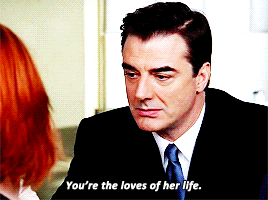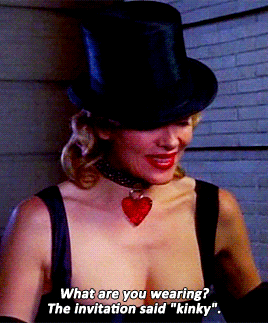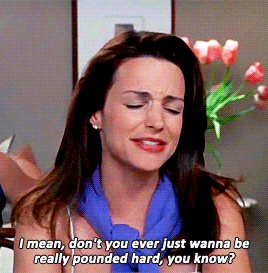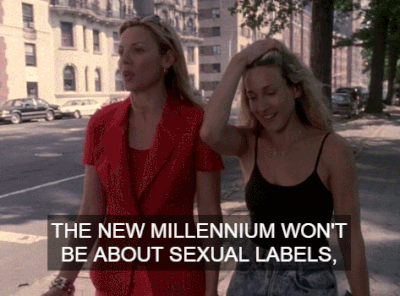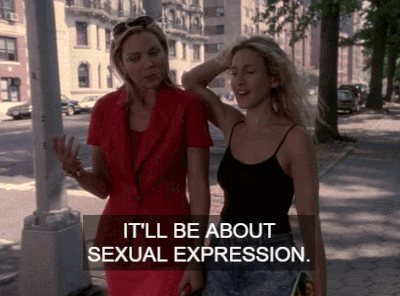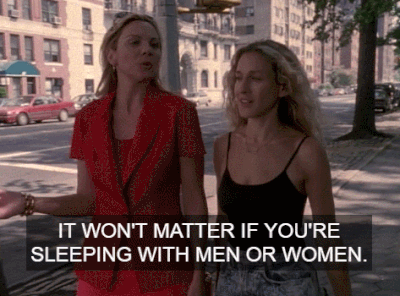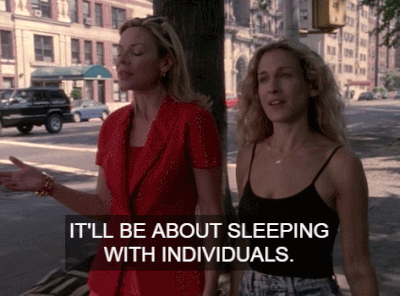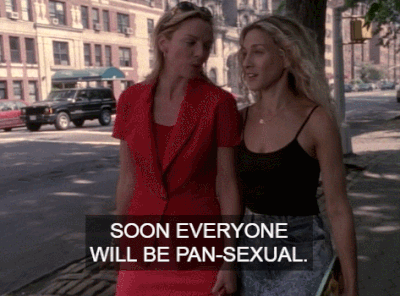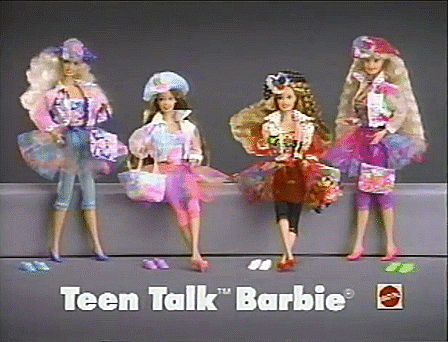Text
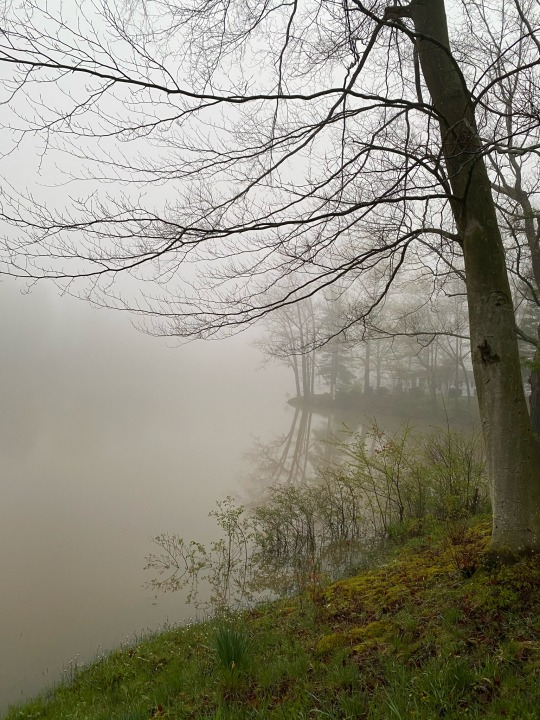


6:00 am
2 notes
·
View notes
Text
ok, i feel like i need to say something, lol
if you have watched Shane’s new video (go watch it, it’s so good), then you probably know about Brittani’s boyfriend who’s from Serbia. and since i’m from Serbia, this video literally gave me the biggest creeps ever, i ain’t even joking.
anyway, they mentioned Serbian mafia, which is true to an extant. 90′s were a bad decade for Serbia, because, to put it simple, all trash got to the top because we’ve been in wars with our neighbor countries (you can find everything about it on wiki, if you’re interested, it goes back to a federal country of Yugoslavia that a couple of Balkan countries were a part of), and we’ve been NATO bombarded in ‘99, so it was a shitty time for us (still kinda is because of everything back then - politics, basically)
and now, we’re having problems with Albania over Kosovo (a partially-recognized state), basically a territory between Serbia and Albania, that wants to get the status of a country, among other things. and a lot of bad things happened in Kosovo too.
that’s where the Serbian mafia comes through. among Kosovo and Albanian mafia. human trafficking has always been a huge problem in here (in the wars in the 90′ a lot of people disappeared and were never seen, there was also assumptions about black market of organ donors and how it was connected to that, plus a lot of people missing because of trafficking).
so the bottom line is that Milos could’ve been really a part of a group involved with human trafficking, but Serbian mafia is a huge, wide term that doesn’t have to do anything specifically only with human trafficking (i can go on and on about this, but it’s connected to drugs, guns, etc.), and usually our girls (kids, men too) get kidnapped and taken to foreign countries where they either work or serve as prostitutes, not the other way around - or so that’s what we’ve heard until now (nothing would surprise me, tbh). and we’re not a country where you can buy people, or like buy women to marry, so it’s really odd that her boyfriend wanted to bring her here (if he really was a part of a trafficking group)
it’s a shitty place to live, basically, but we don’t kill each other with machetes on the street, i promise.
just something to add, because i’ve been reminded of a lot of things that i’ve learned in school/heard from my family, on tv…
418 notes
·
View notes
Photo
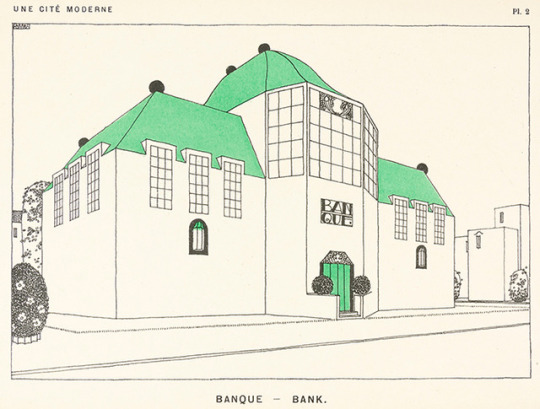
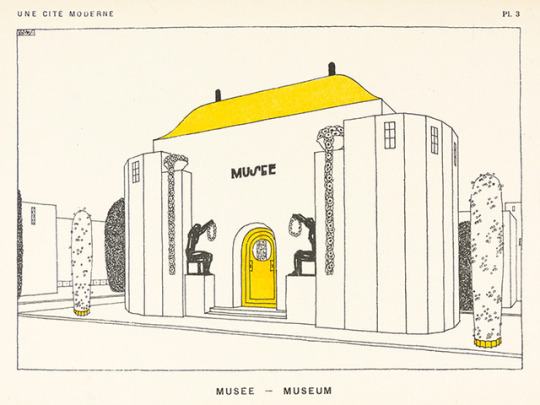
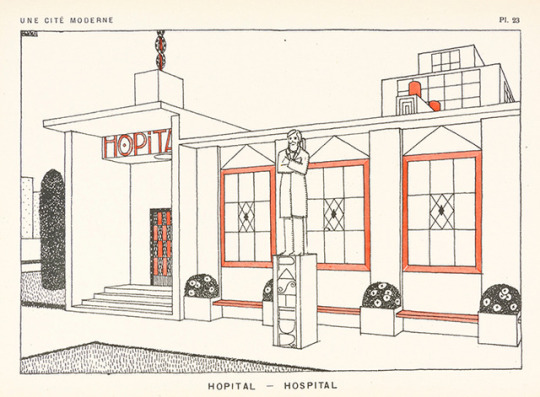



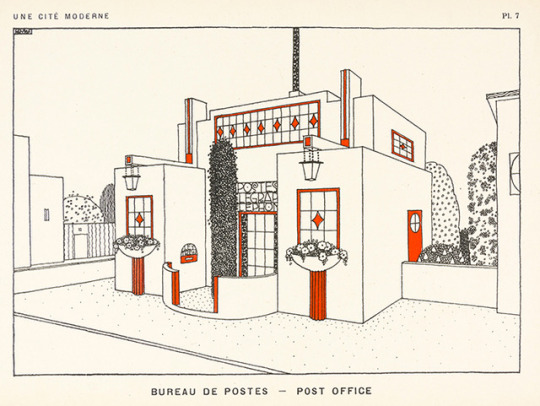

Rob Mallet-Stevens. Album “A Modern City”, 1922. Pochoir coloured plates. London, Benn Brothers, Via Nosbüsch-Stucke
“In 1911, he began publishing pochoir drawings of modern villas and other buildings in a geometric style influenced by Josef Hoffmann, Frank Lloyd Wright and Charles Rennie Mackintosh. These led to the influential album. Unlike Le Corbusier, Mallet-Stevens had no interest in radicalizing the urban plan. He simply took each of the standard buildings of the modern town, from the fire station to the individual house, and applied a ‘modern’ style to it. It is possible, however, that these illustrations proved much more influential for contemporary architects than Le Corbusier’s austere urban and architectural projects.” (Charlotte Benton, Art Deco 1910-1939, V&A)
3K notes
·
View notes
Photo








Rob Mallet-Stevens. Album “A Modern City”, 1922. Pochoir coloured plates. London, Benn Brothers, Via Nosbüsch-Stucke
“In 1911, he began publishing pochoir drawings of modern villas and other buildings in a geometric style influenced by Josef Hoffmann, Frank Lloyd Wright and Charles Rennie Mackintosh. These led to the influential album. Unlike Le Corbusier, Mallet-Stevens had no interest in radicalizing the urban plan. He simply took each of the standard buildings of the modern town, from the fire station to the individual house, and applied a ‘modern’ style to it. It is possible, however, that these illustrations proved much more influential for contemporary architects than Le Corbusier’s austere urban and architectural projects.” (Charlotte Benton, Art Deco 1910-1939, V&A)
3K notes
·
View notes



